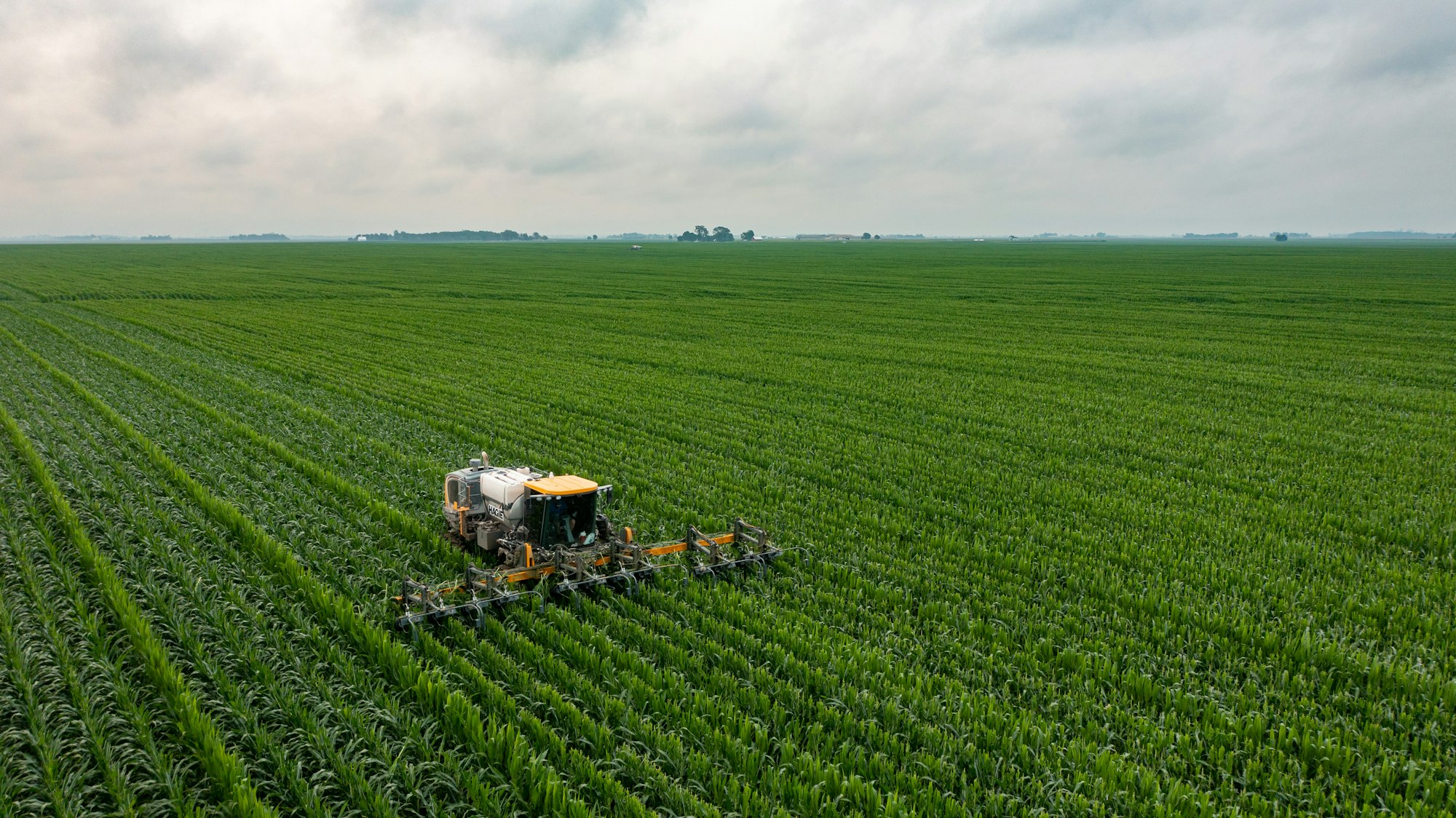Edge computing brings data processing and storage abilities closer to where they’re needed. Many industries can benefit from it, as data is created and gathered on-site instead of thousands of miles away.
Seen as more secure than cloud computing, as there’s no data transfer, edge computing also offers faster insights and business benefits, improves operational efficiency, and overall service, and reduces response time.
In this article, we’ll have a look at a few use cases and examples, such as:
- In-hospital monitoring
- Autonomous vehicles
- Predictive maintenance
- Smart homes
- Smart cities
- Big data analytics and inventory management
- Agricultural applications
- Baking applications
In-hospital monitoring
Modern monitoring devices, like glucose monitors, are either not connected or, if they are, they produce large amounts of unprocessed data that needs to be stored on a third-party cloud. For settings and industries like healthcare, this presents security concerns.
Having an edge on the hospital site could solve data processing issues while keeping data privacy intact. Edge computing also allows for right-time notifications to medical professionals about unusual patient information, through analytics and AI.
Autonomous vehicles
Autonomous vehicles benefit from edge computing as all their decisions are done in real-time, from engine health analysis to battery health and more. AI can help with driver assistance to alert vehicle drivers about dangerous situations, allowing them to take emergency control to prevent accidents.
These connected vehicles can also detect issues before the vehicles break down, alongside alerting with oil lights, check-engine lights, and low-battery indicators.
Predictive maintenance
Analyzing and detecting changes in production lines is essential for manufacturing, especially before failures happen. Edge computing can bring data processing and storage closer to the equipment, allowing for IoT sensors to monitor machines with low latency and conduct analytics in real-time.
Smart homes
Relying on IoT devices that collect and process data around the house, smart homes send data to centralized remote servers where it’s then processed and stored. This architecture has its issues, especially around latency, backhaul cost, and security.
Edge computing brings processing and storage closer to smart homes, which reduces backhaul and roundtrip time. This also means that sensitive data can be processed at the edge and voice-based assistants can respond much faster.
Smart cities
Having edge computing architecture allows for devices to control utilities and other public administrations to react in real-time to changing conditions. With autonomous vehicles becoming more popular, alongside the rising IoT, smart cities can provide benefits to individuals in urban environments.
Future cities will have the ability to quickly respond to changes, as edge computing applications use sensors that collect information for fundamental processing tasks.
Big data analytics and inventory management
Big data analytics allows for data collection and analysis at the edge. This leads to real-time data processing at the source of information generation, which means that retailers can use big data and AI very easily.
Secure and efficient inventory management is essential for a good user experience in retail. But to do this, retailers need to know what products customers want, need, and how available they are. In-store intelligent video image recognition can track inventory systems and analyze when there’s too much inventory, for a flash sale.
Agricultural applications
Certain farms are located in areas where high-speed internet and adequate resources aren’t readily available. Edge computing can help with providing intelligent and modern agriculture that is able to process generated data on-site.
Farmers can then make real-time decisions with factors like soil quality, crop health, leaf health, and more. From sensors to drones, agriculture can take a step forwards toward being highly efficient.

Banking applications
Edge computing allows for distributed computing with both high speed and scale. ATM security is a big issue, and edge AI can monitor video feeds and analyze them at the edge by integrating image recognition. If ATMs are tampered with, they can automatically shut down and send alerts to banks so that law enforcement can take action in real-time.
The cloud transfers data to a central location, following privacy and security guidelines for data privacy. The chance of a data loss, however, is always present. Edge computing helps banks to deploy applications across multiple branches and reduce the likelihood of data loss.



 Follow us on LinkedIn
Follow us on LinkedIn



